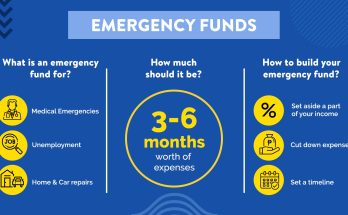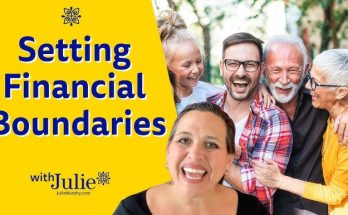In the complex landscape of personal finance, one of the most insidious and often overlooked challenges is emotional spending. This is the act of making purchases not out of genuine need or a well-planned budget, but in response to our feelings—whether it’s the thrill of a new acquisition, the comfort of a retail therapy session after a bad day, or the desire to keep up with a friend’s lifestyle. It’s a behavior that can subtly and consistently undermine even the most carefully constructed financial plans. The key to overcoming this is not just about willpower or stricter budgets; it’s about developing a deeper self-awareness of the triggers that lead to these purchases and building a set of new, healthier habits. The goal is to separate your emotions from your wallet, so your financial decisions are driven by logic and long-term goals, not by fleeting feelings.
The first and most critical step in avoiding emotional spending is to become an observer of your own emotional state. Before you can address the problem, you must first recognize when and why it’s happening. Keep a simple spending journal for a few weeks, but instead of just listing the item and its cost, also make a note of how you were feeling at the time of the purchase. Were you stressed from a difficult day at work? Were you feeling lonely or bored? Did you just receive an exciting piece of news? You might start to notice patterns. For example, you might discover that you tend to browse online shopping sites after a stressful meeting, or that you make impulsive purchases in the grocery store when you are hungry or tired. This practice of connecting your spending to your feelings provides a crucial diagnostic tool. It uncovers the emotional triggers that are driving your financial decisions, moving the problem from a vague sense of overspending to a concrete, identifiable behavior that can be managed.
Once you’ve identified your triggers, the next step is to create a pause between the emotional trigger and the action of spending. This pause is where you reclaim control. One powerful technique is the 24-hour rule, where you commit to waiting a full day before making any non-essential purchase over a certain dollar amount. During this waiting period, you can ask yourself a series of clarifying questions: Do I really need this? Will this item bring me lasting joy, or is it just a temporary fix for my current mood? Is this purchase aligned with my long-term financial goals? Often, by the time the 24 hours are up, the initial emotional impulse has faded, and you realize the purchase was not as important as it seemed. This simple act of delayed gratification trains your brain to separate the desire for a quick emotional boost from the act of spending, turning a reactive habit into a mindful decision.
For those who use spending as a coping mechanism for negative emotions, it is essential to find alternative, non-financial ways to process those feelings. If you find yourself shopping after a bad day, try replacing that habit with a walk, a workout, or a call to a friend. If boredom leads you to online shopping, engage in a creative hobby, read a book, or learn a new skill. These activities provide a similar emotional release or distraction but without the financial cost. The key is to have a list of pre-planned, healthy alternatives ready to go. By consciously replacing a destructive habit with a constructive one, you begin to heal the root cause of the emotional spending and build a more resilient mindset.
Ultimately, avoiding emotional spending is about shifting your perspective on money itself. Instead of seeing it as a tool for instant emotional gratification, view it as a resource for building a secure and fulfilling future. The satisfaction of a growing savings account, the peace of mind of having an emergency fund, and the excitement of reaching a financial goal are far more lasting and meaningful than the fleeting high of an impulsive purchase. By understanding your emotional triggers, creating a mindful pause before spending, and replacing destructive habits with healthy ones, you can take back control of your financial life. This journey is not about strict rules and deprivation; it’s about conscious choices that lead to a life of greater freedom, stability, and genuine happiness.




